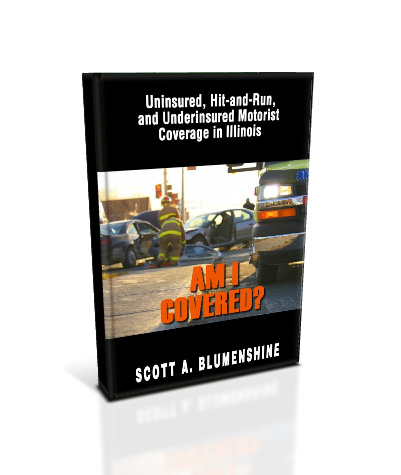Earlier this year, a 45-year-old Illinois construction worker was crushed to death when he leaned into the sixth-floor elevator shaft of the building he was working on and was caught between a crane and the descending elevator. A few weeks later, another Illinois construction worker, a 33-year-old man, was killed when he was pinned between a crane and a beam. These types of tragic incidents are what the Occupational Safety and Health Administration (OSHA) refers to as “being caught between,” which is the fourth leading cause of death among construction workers who are killed on the job.
The Bureau of Labor Statistics (BLS) classifies the construction industry as the tenth most dangerous for employees. Whether you are digging trenches, erecting scaffolding, using power tools, working along the roadway, putting roofs on buildings, constructing bridges, or any other aspect of construction, the risk of being injured or killed on the job is considerable.
The Occupational Safety and Health Administration (OSHA) notes that 20 percent of all work-related deaths occur in the construction industry. According to OSHA, the "fatal four" are:
- Falls
- Being hit with an object
- Electrocution
- Being caught between equipment
In addition to the 4,000 plus annual deaths, thousands of other construction workers are injured, some so severely that their lives are never again the same. Seriously injured construction workers are unable to return to their former jobs and may never be able to work at any occupation. This is where workers’ compensation insurance and liability insurance play a role in compensating workers for their job-related injuries.
What is Workers’ Compensation?
With only a few exceptions, the law requires employers to carry workers’ compensation insurance to cover the medical expenses and lost wages of employees who are injured in work-related accidents or who develop a work-related illness. The worker does not have to prove the injury or illness was caused by the employer’s negligence and the employer may not claim the employee negligently contributed to his or her injury. It is a no-fault system that is designed to provide compensation without all the formalities and procedures that apply to court litigation.
How the right attorney can help with your workers’ compensation claim
If you were injured on the job at the construction site, you may think that since your injury is covered by workers’ compensation, you do not need legal counsel. Unfortunately, many insurers and insurance law firms simply delay and deny claims. Doing the right thing is not a standard principle in the insurance claims industry.
There are steps you must take within a certain amount of time after your injury, and if you fail to meet any of the deadlines, you may lose your right to compensation despite the severity of your injury. An attorney will be sure you meet the deadlines.
You may be contacted by an insurance adjuster who seems compassionate. Remember, the adjuster works for the insurance company, not for you. An adjuster’s goal is to not pay the claim or to settle the claim for the least amount of money possible.
Adjusters most typically make initial low offers at a time when they know the injured worker needs money. Nearly 80 percent of injured workers take the first settlement offer without realizing they are giving up their right to a future claim even if they later discover they will need ongoing medical care, therapy, medication, nursing care, vocational rehabilitation training, or compensation for their severe injuries.
A competent workers’ compensation attorney will analyze the value of your case, consider all your current and future medical expenses and lost wages, and work to be sure you receive all the compensation to which you are legally entitled.
Third-Party Claims
Workers’ compensation is a no-fault system and it only applies to claims by employees against the insurance company for their employer. It does apply to a claim you may have against a company or individual who is not your employer.
If a third party such as a general contractor, property owner, or subcontractor was negligently responsible for your injury, you may bring a lawsuit against them and collect for their part in causing your damages. One example is if you are driving for a work-related reason and another driver negligently causes a car crash, you can bring a third-party lawsuit against the driver for negligent driving. That “third party claim” would be in addition to the workers' compensation claim under your employer’s insurance.
Our workers' compensation attorneys represent clients who have been seriously injured in a work-related accident. We will review all the circumstances of your case and assist you with all aspects of your workers’ compensation claim. Construction accidents are far too common in the industry and need to be reduced. We believe that lawsuits against construction companies and insurance companies that represent the companies will help raise awareness surrounding worker safety and help decrease the number of accidents.


